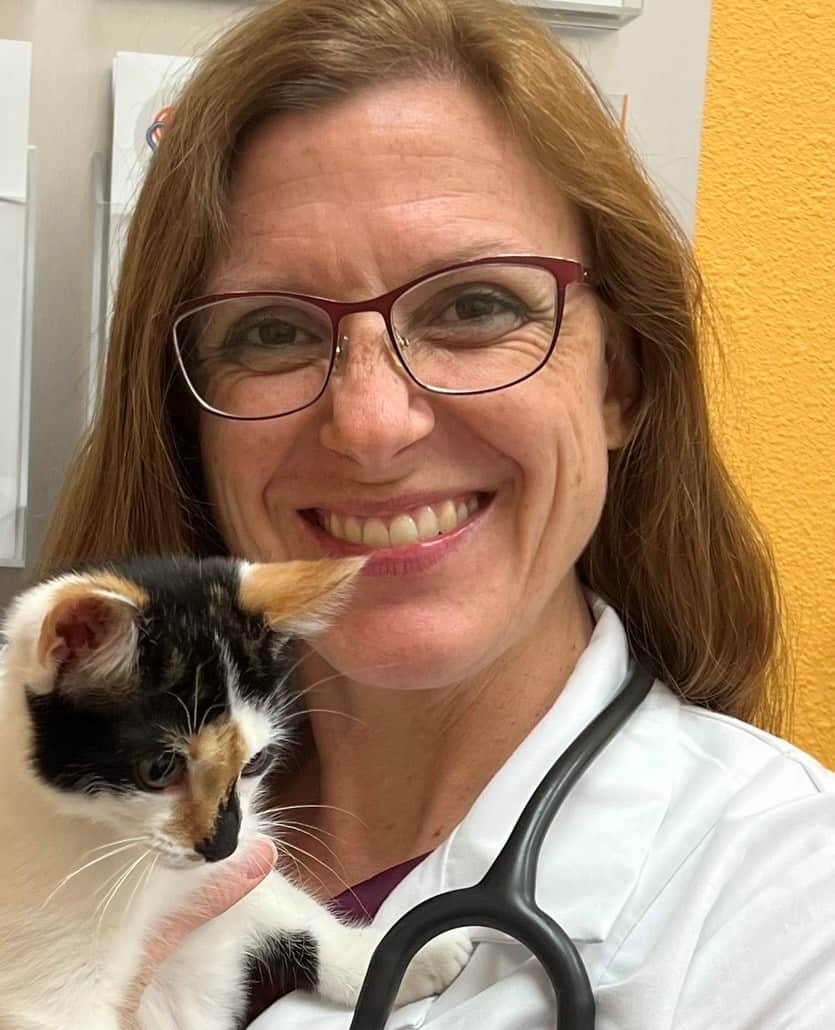Delayed Suturing for Equine Lower Limb Wounds (AAEP 2011)
Just as "there’s more than one way to skin a cat," there is more than one way to repair a horse’s wound, particularly if it’s located on the lower limb. And while many of us might be under the impression that all horse wounds should be stitched closed as soon as possible, this is not always an option. Richard Hackett, DVM, MS, Dipl. ACVS, from the Department of Clinical Sciences in Cornell University’s College of Veterinary Medicine, described what to do in these cases in his presentation at the 2011 American Association of Equine Practitioners convention, held Nov. 18-22 in San Antonio, Texas.
"If there is a high chance that an infection will develop if the wound is sutured closed, due to the presence of foreign material, for example, or if the wound is older and wasn’t presented to the veterinarian early enough to suture, then a technique called ‘delayed wound closure’ could be used," Hackett explained.
Used in situations in which the wound is not presented soon enough or if there is a high risk of infection via the wound, this method–which involves suturing wounds closed four to five days after injury (any sooner than that is considered primary closure)–is helped by the following approaches:
- When cleaning the wound upon discovery, debride the surface of the entire wound to eliminate bacteria, particulate foreign material, and severely damaged tissue and wash the wound with saline under low pressure;
- Use concurrent therapies such as regional limb perfusion with antibiotics, systemic (intravenous or intramuscular) antibiotics and non-steroidal anti-inflammatory drugs, and tetanus prophylaxis (shot) if appropriate;
- Four to five days after injury apply tension-relieving sutures, followed by standard simple interrupted sutures to minimize the tension on the wound edges and avoid dehiscence (bursting open of the wound); and
- Cover the wound with a heavy pressure bandage or even a cast if the wound is in a high-motion area (e.g., heel bulbs, the front of the fetlock) or involves the flexor tendons.
"Only attempt delayed closure if the wound has little or no tissue loss and the tissues appear healthy with minimal swelling and only small amounts of nonodorous serous (clear) discharge," warned Hackett
Create a free account with TheHorse.com to view this content.
TheHorse.com is home to thousands of free articles about horse health care. In order to access some of our exclusive free content, you must be signed into TheHorse.com.
Start your free account today!
Already have an account?
and continue reading.

Written by:
Stacey Oke, DVM, MSc
Related Articles
Stay on top of the most recent Horse Health news with















